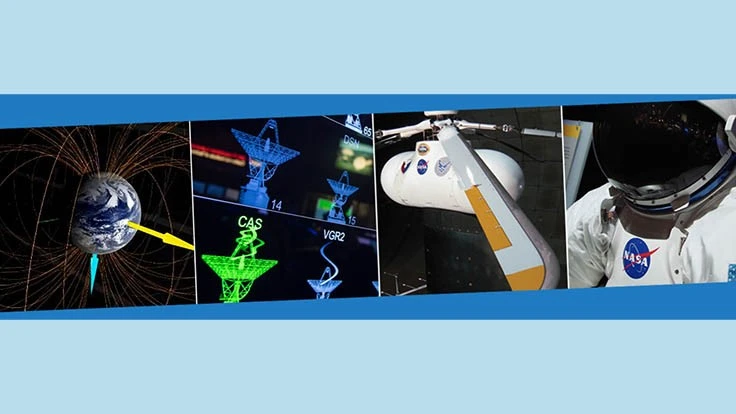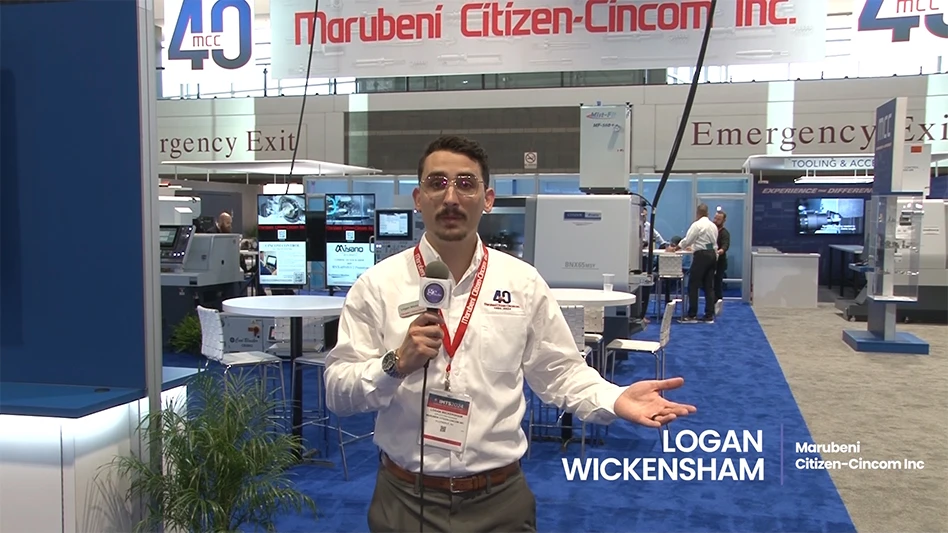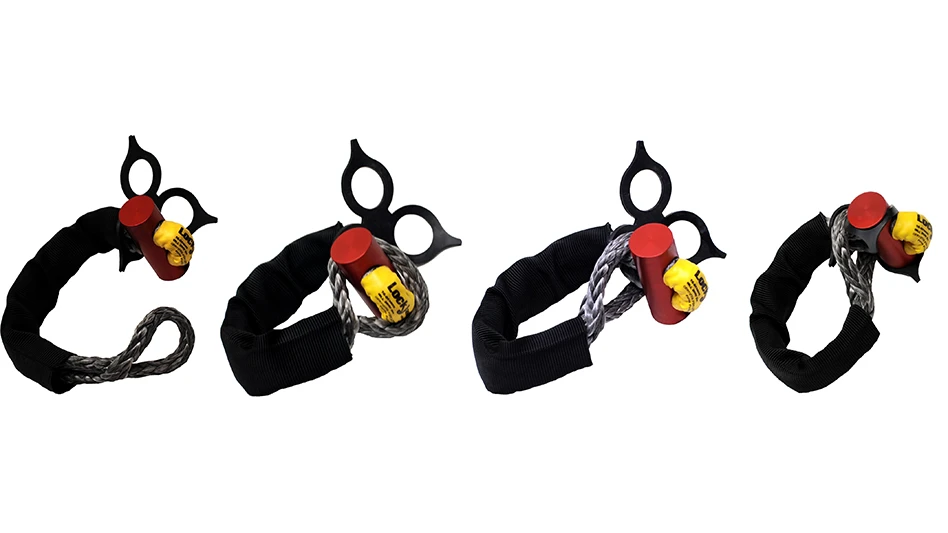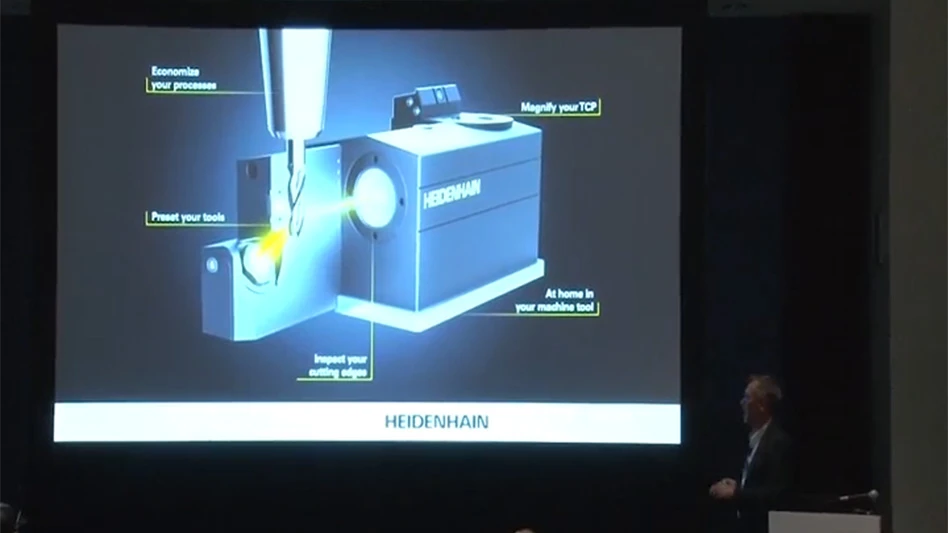
NASA has selected 304 proposals from U.S. small businesses to advance research and technology in Phase I of its 2018 Small Business Innovation Research (SBIR) program and 44 proposals for the Small Business Technology Transfer (STTR) program, totaling $43.5 million in awards. These selections support NASA's future space exploration missions, while also benefiting the U.S. economy.
"This round of Phase I ideas look very promising and creative, and will enhance innovation throughout the Agency,” said Jim Reuter, acting associate administrator for NASA’s Space Technology Mission Directorate (STMD). “Many of the businesses that go through the SBIR program end up working with NASA on the research and technologies needed to advance our space exploration goals.”
Proposals were selected according to their technical merit and feasibility, in addition to the experience, qualifications and facilities of the submitting organization. Additional criteria included effectiveness of the work plan and commercial potential.
The selected proposals will support the development of technologies in the areas of aeronautics, human space exploration and operations, science, and space technology. Awards cover a breadth of research and development needs, including:
- Superconducting technology for high-power density motors for aircraft propulsion that are highly efficient and lightweight. The proposed propulsion motors can be used for ships, energy storage devices and wind power generators.
- A room temperature electrolyzer for generation of oxygen from carbon dioxide on Mars that can also be used for improving oxygen recovery on the International Space Station, other crewed spacecraft, or for energy storage devices.
- A compact high-efficiency (more than 97%), high-power density Hall-effect thruster power processing unit that can be used for interplanetary transfers, supporting exploration and science missions.
- An oscillating heat pipe -- a passive heat transfer device -- to improve a spacecraft's thermal control system. Other applications include terrestrial vehicles with electrical loads and in large industrial vehicles where the proposed passive solution can replace actively pumped single-phase radiators with air cooled systems.
- Onboard autonomous intelligent systems to manage future crewed and uncrewed spacecraft. Other applications include electric aircraft, chemical processing plants, and power plants.
The SBIR Phase I contracts last for six months and STTR Phase I contracts last for 13 months, both with a maximum funding of $125,000.
Phase I work and results provide a sound basis for the continued development, demonstration and delivery of the proposed innovation in Phase II and follow-on efforts. Phase III is the commercialization of innovative technologies, products and services resulting from either a Phase I or Phase II contract.
Latest from Aerospace Manufacturing and Design
- Navigating today’s supply chain
- Piper Aircraft Inc. achieves AS9100 Certification
- Kyocera SGS' KGZ precision cut-off solutions
- Bridging the Skills Gap: A Solution for Today’s Labor Shortage
- Molex to acquire AirBorn
- Nano Dimension's Exa 250vx digital light processing (DLP) 3D printer
- IMTS 2024 Booth Tour: Fagor Automation Corp.
- How Robotics and Automation are Transforming Manufacturing





